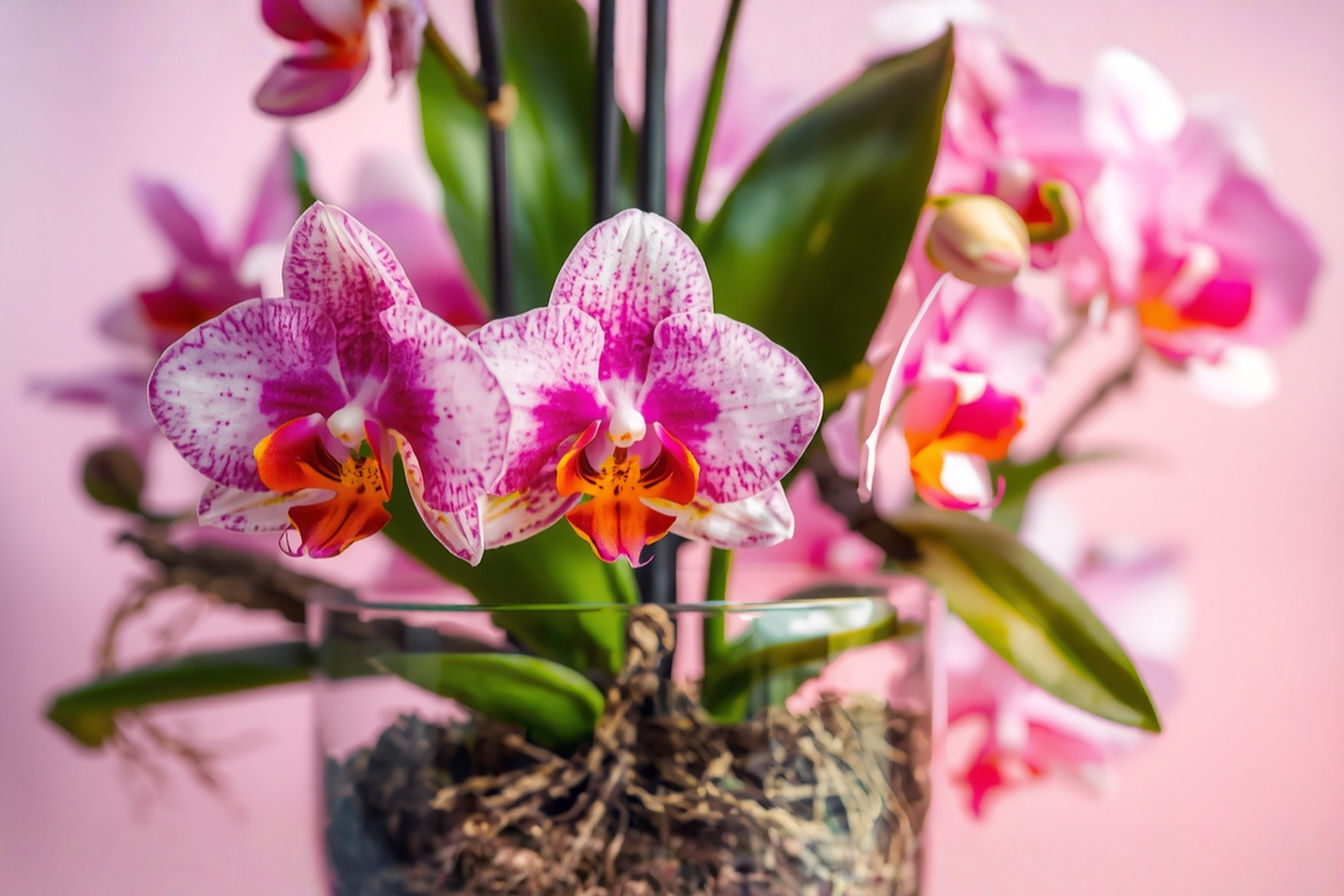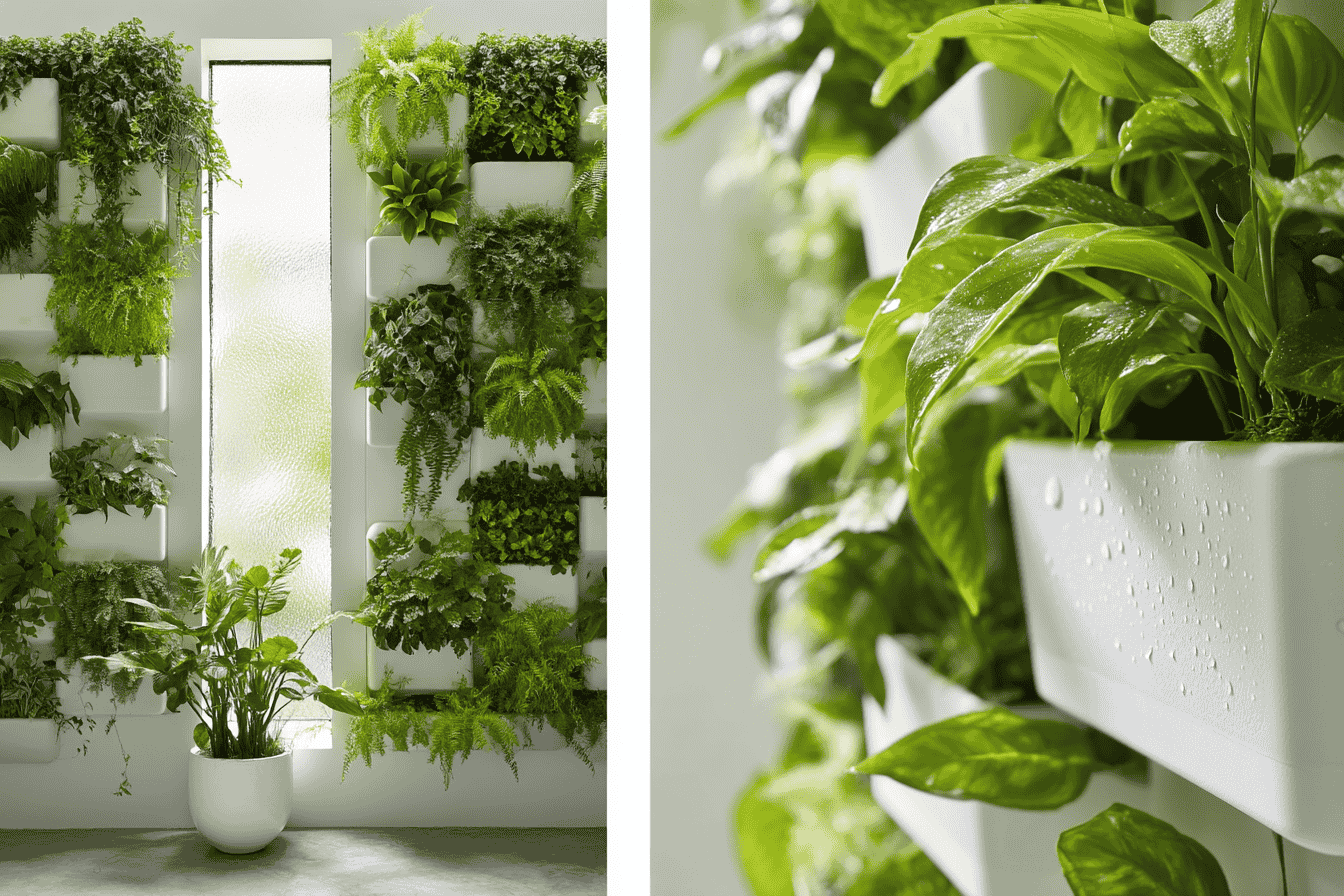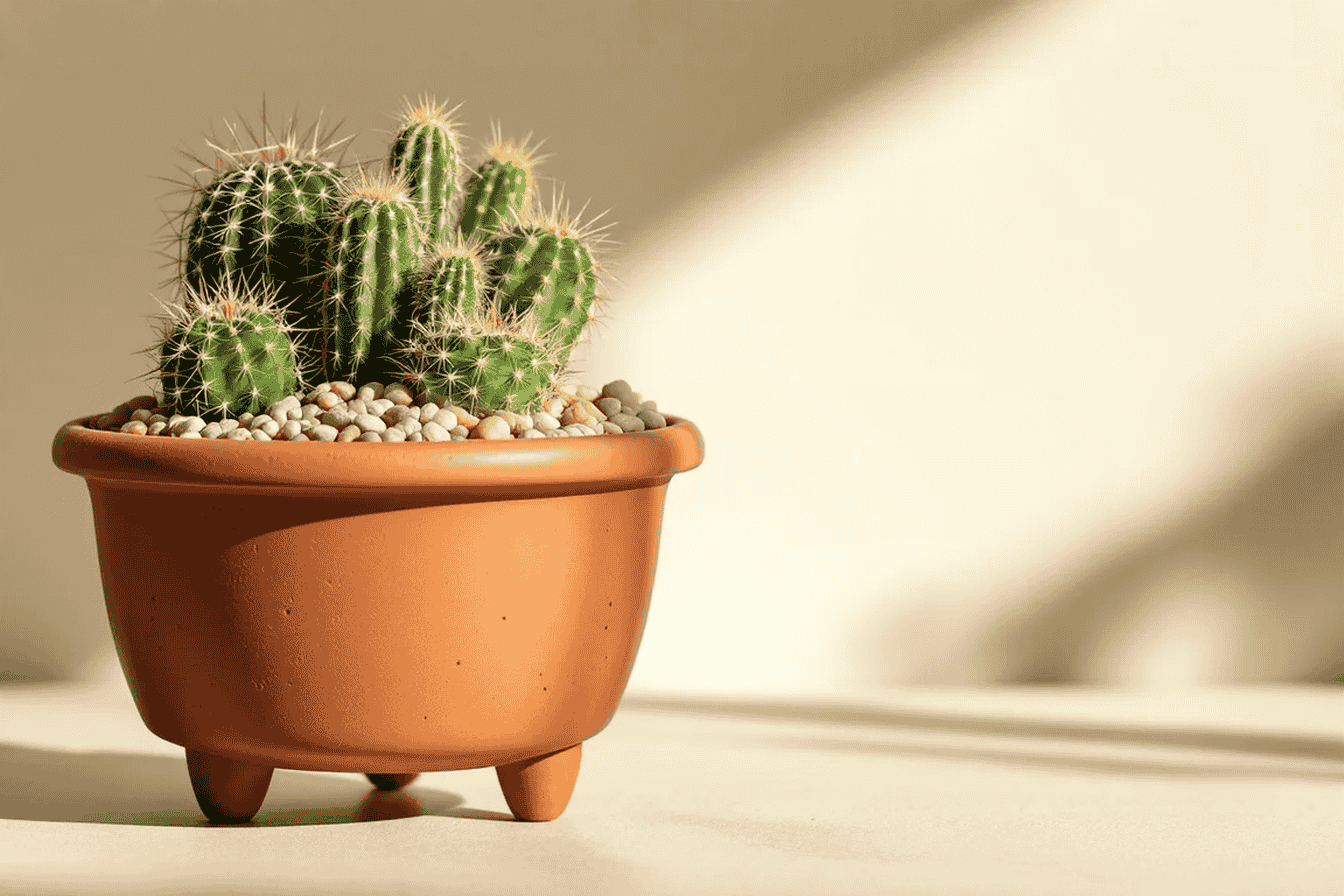This post may contain affiliate links. If you make a purchase through these links, we may earn a commission at no additional cost to you.
The dream of a bountiful vegetable garden often seems out of reach for those with limited outdoor space. Yet the constraints of a small yard need not limit your gardening ambitions. Raised bed planters offer an elegant solution that transforms even the tiniest patches of earth into productive growing spaces. These versatile structures elevate your gardening experience—both literally and figuratively—by creating defined growing areas that maximize every square inch of available space.
In this comprehensive guide, you’ll discover how raised bed gardens can revolutionize your small yard’s potential. From planning and construction to planting strategies and maintenance techniques, we’ll explore the multifaceted advantages these garden structures offer. Whether you have a modest suburban plot, a compact urban yard, or even just a sunny corner of a shared space, raised bed planters can help you grow an abundance of fresh, homegrown vegetables in a fraction of the area traditional gardens require.
Why Raised Bed Planters Are Perfect for Small Yards
When space comes at a premium, raised bed planters deliver exceptional value through their inherent efficiency. These contained growing environments offer numerous advantages that make them ideal for small-scale vegetable production.
The most immediate benefit comes from their concentrated growing area. Unlike conventional gardens where paths consume valuable space, raised beds allow you to dedicate nearly all your limited square footage to actual plant growth. The defined boundaries also prevent garden creep, keeping your compact yard tidy and organized.
Soil quality control represents another significant advantage. Small yards often come with problematic soil conditions—whether compacted, contaminated, or simply poor in nutrients. Raised beds provide a fresh start with customized soil that drains properly and delivers optimal nutrition to your plants. This controlled environment leads to healthier growth and improved yields from your compact garden.
Many gardeners appreciate how raised beds extend the growing season in limited spaces. The elevated soil warms faster in spring and maintains temperature better throughout the season. This thermal advantage allows earlier planting and later harvests from the same small footprint, effectively increasing your garden’s productivity without expanding its size.
Maintenance requirements decrease substantially with raised bed systems. The contained nature of these gardens naturally suppresses weed growth, while the elevated height reduces bending and strain. These ergonomic benefits make gardening more accessible for people with physical limitations, allowing them to maintain a productive vegetable garden despite space and mobility constraints.
Water efficiency improves dramatically in properly designed raised beds. The contained soil prevents runoff and allows precise irrigation exactly where needed. This conservation aspect proves especially valuable in small yards where water access may be limited or where environmental considerations make efficient water use a priority.
Planning Your Small Yard Raised Bed Garden
Thoughtful planning lays the foundation for a successful small-space garden. Begin by assessing your available area with realistic measurements. Remember that while raised beds maximize growing space, you’ll still need room to move between and around them. A common mistake in small yard design involves cramming too many structures into limited space, leaving insufficient access for comfortable gardening.
Sunlight patterns significantly impact your garden’s productivity. Most vegetables require at least six hours of direct sun daily, with many fruiting varieties needing eight or more hours for optimal yields. Track sunlight movement across your yard through different seasons before finalizing bed locations. This observation helps identify prime growing spots while revealing areas better suited for shade-tolerant plants or garden infrastructure.
Water accessibility influences both bed placement and design. Position your raised planters within reach of existing water sources or plan for irrigation systems that can efficiently serve your entire garden. The proximity to your home matters too—gardens visible from windows or easily accessible from the house receive better attention and more consistent care than distant plots.
Maintenance pathways deserve careful consideration in constrained spaces. Allow at least 18 inches between beds for comfortable access, with 24-30 inches ideal for wheelbarrow passage if needed. Corner access becomes particularly important in small yards, as tight configurations can create maintenance challenges if not properly planned.
The garden’s relationship to your overall yard deserves thoughtful integration. Consider how raised beds might serve multiple functions, perhaps doubling as boundary markers, privacy screens, or aesthetic focal points. This multifunctional approach maximizes value from limited space while creating a cohesive landscape design that enhances your outdoor living area beyond mere vegetable production.
Optimal Designs for Space-Limited Gardens
Innovative designs help squeeze maximum growing area from minimal square footage. Vertical integration represents perhaps the most transformative approach for small yards. By incorporating trellises, arbors, and wall-mounted supports directly into your raised beds, you effectively multiply your growing surface. This vertical dimension allows vining crops like cucumbers, beans, and small melons to grow upward rather than sprawling across precious bed space.
Tiered and cascading structures offer another dimension of space efficiency. These stepped designs create multiple planting levels within a single footprint, effectively doubling or tripling your growing area. The cascading setup proves particularly effective on sloped yards, turning challenging terrain into a garden advantage through natural terracing that captures both sunlight and water more effectively.
Corner-maximizing configurations transform often wasted yard spaces into productive growing areas. L-shaped beds that wrap around fence corners or yard boundaries reclaim these underutilized spots. The interior angle of such designs creates a protected microclimate that benefits tender plants while maximizing previously unused growing space.
Modular systems provide flexibility crucial for evolving space needs. Rather than constructing a few large permanent beds, consider multiple smaller units that can be reconfigured as your garden experience grows or as seasonal needs change. This adaptability proves particularly valuable in rental situations or when future yard modifications might necessitate garden adjustments.
Wall-adjacent installations make use of often-overlooked vertical space. Narrow beds placed against sunny walls or fences can accommodate surprising productivity while occupying minimal ground area. These linear gardens benefit from the thermal mass of adjacent structures, which can moderate temperature fluctuations and potentially extend growing seasons in small spaces where traditional season extenders might not fit.
Material Selection for Durable, Space-Efficient Beds
Material choices impact both the functionality and aesthetics of your small yard garden. Wood remains popular for its natural appearance and ease of working. Cedar and redwood offer natural rot resistance without chemical treatments, making them ideal for organic vegetable production despite their higher initial cost. Pressure-treated lumber represents a more economical alternative, though select versions specifically rated for food garden use to avoid potential chemical concerns.
Metal raised beds deliver exceptional longevity in limited spaces where frequent replacement would prove challenging. Galvanized steel and aluminum options resist corrosion and maintain structural integrity for decades. Their slim profiles maximize interior growing space compared to bulkier wooden walls, an important consideration when every inch matters. Some metal designs feature modular components that allow expansion or reconfiguration as needs change.
Composite and recycled plastic materials offer maintenance-free performance ideal for busy gardeners. These engineered options resist rot, never need painting, and maintain their appearance indefinitely. Many incorporate recycled content, adding environmental benefits beyond just food production. Their consistent dimensions and pre-fabricated connection systems simplify installation in tight spaces where complex construction might prove difficult.
Stone and concrete alternatives create permanent garden structures with thermal benefits. Their substantial mass absorbs daytime heat and releases it gradually overnight, moderating soil temperature fluctuations. This stabilizing effect proves particularly valuable in small yards that might otherwise experience extreme temperature variations due to surrounding structures or paved areas.
When selecting materials, consider your specific space constraints alongside budgetary limitations. In extremely small gardens, even wall thickness impacts your available growing area. Materials with slim profiles might provide crucial extra inches of planting space despite similar external dimensions. Additionally, evaluate the visual impact of your material choices, as raised beds often become prominent landscape features in small yards where they occupy a significant percentage of the visible area.
Building Your Raised Beds: Step-by-Step
Constructing well-proportioned raised beds begins with determining appropriate dimensions. For small yards, bed width should prioritize comfortable access—typically 3 to 4 feet maximum to allow reaching the center from either side. Length can vary based on available space, though keeping beds under 8 feet simplifies material use and prevents excessive soil weight that might cause structural issues.
Height considerations balance soil depth needs with material efficiency. Standard vegetable beds function well at 10-12 inches deep, though root crops benefit from 18 inches or more. In extremely space-limited situations, consider variable-depth designs—deeper in areas for root vegetables, shallower elsewhere to minimize soil volume and weight while still accommodating leafy greens and herbs.
The basic construction process remains straightforward even for beginners. Start by leveling your selected site, removing grass if necessary or laying cardboard as a biodegradable weed barrier. Position your first layer of materials, checking carefully for square corners if using a rectangular design. Secure corners with appropriate fasteners for your material—screws for wood, connectors for metal or composite systems.
Essential tools include a measuring tape, level, drill with appropriate bits, and saw if custom cutting is required. Pre-cut lumber packages or modular kits can eliminate most cutting needs, an important consideration for those with limited tools or construction experience. For complex designs, consider creating a paper template first to visualize the finished bed and identify potential problems before cutting materials.
Enhance functionality by incorporating special features during construction. Integrated trellises support vertical growing while built-in irrigation systems simplify maintenance. In extremely small spaces, consider adding fold-down side tables to raised beds, creating temporary work surfaces that disappear when not needed. This multifunctional approach maximizes utility from minimal square footage, a critical consideration in constrained yard environments.
Soil Management in Confined Raised Bed Gardens
Creating an optimal growing medium represents perhaps the most significant advantage of raised bed gardening in small spaces. The classic blend includes equal parts topsoil, compost, and coarse material like vermiculite or perlite. This mixture provides balanced nutrition, excellent drainage, and sufficient water retention—a combination rarely found in existing yard soil, particularly in urban or newly constructed areas.
Different vegetables require varying soil depths to thrive. Shallow-rooted crops like lettuce, herbs, and radishes need only 6-8 inches, while deeper-rooted vegetables such as tomatoes, carrots, and potatoes require 12-18 inches for proper development. Understanding these requirements allows strategic bed design, with variable depths accommodating different plant types while minimizing overall soil volume in space-constrained settings.
Nutrient management takes on heightened importance in small gardens where planting density typically exceeds conventional gardens. Incorporate slow-release organic fertilizers during initial soil filling, then supplement with liquid fertilizers during the growing season. This two-phase approach provides consistent nutrition without the space requirements of extensive composting operations that might overwhelm small yards.
Season-to-season soil improvement becomes critical for sustained productivity in limited spaces. Rather than replacing soil entirely, focus on amending existing material with new compost and targeted nutrients based on plant performance and simple soil tests. This regenerative approach maintains soil structure while addressing specific deficiencies, extending your initial investment in quality soil through multiple growing seasons.
Even in the smallest yards, simple composting solutions contribute to soil sustainability. Compact tumbling composters, worm bins, or bokashi systems convert kitchen waste into garden nutrients with minimal space requirements. These systems close the loop between kitchen and garden, reducing waste while providing free, high-quality amendments tailored to your specific growing conditions.
Maximizing Yields Through Smart Planting Strategies
Intensive planting techniques dramatically increase productivity from limited square footage. Rather than arranging vegetables in traditional rows, implement offset patterns that maximize plant density while maintaining adequate airflow. This approach allows significantly more plants per square foot without increased disease risk, effectively multiplying your garden’s output from the same small footprint.
Succession planting transforms static garden spaces into continuous production systems. As one crop finishes, another immediately takes its place, sometimes overlapping through careful timing and compatible plant selection. This dynamic approach keeps every inch of your limited garden space actively producing throughout the entire growing season, potentially tripling the yield compared to single-crop approaches.
Companion planting strategies enhance both space efficiency and plant health. Combinations like the classic “three sisters” (corn, beans, and squash) utilize different growing heights and plant architectures to stack multiple crops in the same area. Strategic pairings also provide natural pest protection and growth enhancement, reducing both space needed for protective barriers and areas lost to pest damage.
Vertical growing techniques effectively multiply your garden’s square footage by utilizing the often-neglected upward dimension. Beyond obvious candidates like pole beans and cucumbers, many vegetables can grow vertically with proper support. Indeterminate tomatoes, small winter squash, melons, and even compact pumpkin varieties perform well on sturdy trellises, freeing bed space for additional plantings below their elevated foliage.
Selection of space-efficient varieties dramatically impacts small garden productivity. Many modern vegetable cultivars have been specifically developed for compact growth habits without sacrificing yield. Bush varieties of traditionally sprawling plants, determinate tomatoes bred for container culture, and multi-harvest vegetables that produce over extended periods all maximize returns from limited space. Research “space-saving,” “compact,” or “container” varieties when selecting seeds for small raised beds.
Irrigation and Water Management Solutions
Efficient irrigation systems reduce both water usage and maintenance requirements in small gardens. Drip irrigation delivers moisture directly to plant roots, eliminating waste from evaporation or overspray onto pathways. These systems operate effectively at lower water pressure than conventional sprinklers, making them compatible with simple rain barrel setups that might otherwise lack sufficient pressure for adequate coverage.
Self-watering designs incorporate water reservoirs directly into raised bed construction. These systems store moisture beneath the growing medium, allowing plants to draw water upward through capillary action as needed. The reservoir approach proves particularly valuable in yards with limited water access or for gardeners with irregular schedules that might otherwise result in inconsistent manual watering.
Water conservation techniques take on special importance in small gardens where every resource must be maximized. Mulching with organic materials like straw, shredded leaves, or compost reduces evaporation while simultaneously improving soil structure and adding nutrients as materials decompose. This multifunctional approach addresses several garden needs through a single practice, ideal for space-limited environments.
Rainwater collection integration creates independent water sources even in tiny yards. Simple downspout diverters connected to compact rain barrels can capture significant moisture from even small roof areas. Position raised beds to take advantage of these collection points, minimizing distance water must be transported while creating a visually integrated garden system.
Moisture monitoring prevents both under and overwatering in concentrated growing environments. Simple soil moisture meters provide precise feedback about conditions beneath the surface where visual inspection proves unreliable. This data-driven approach ensures optimal growing conditions while conserving water, particularly important in densely planted raised beds where moisture requirements can vary significantly between different plant types growing in close proximity.
Seasonal Considerations and Extension Techniques
Season extension technologies transform small raised beds into year-round growing environments. Portable cold frames that fit precisely over existing beds protect cool-season crops through early frosts while allowing continued harvest long after conventional gardens have finished. Their removable nature proves especially valuable in restricted spaces where permanent structures would limit summer production or create undesirable visual impact.
Mini greenhouse adaptations integrate protective covers directly into raised bed designs. Simple PVC hoops supporting clear plastic or specialized growing fabric create protected microclimates that effectively shift your growing zone warmer by capturing solar energy. These temporary structures can be installed or removed in minutes, providing flexibility crucial in multi-purpose small yards that must serve various functions throughout the year.
Overwinter protection strategies maintain soil health during dormant periods. Cover crops like annual ryegrass or crimson clover prevent erosion, suppress weeds, and add organic matter when turned under before spring planting. In extremely small gardens, even placed cardboard or burlap covers prevent nutrient leaching from winter precipitation while blocking early weed growth, providing benefits similar to cover crops without the maintenance requirements.
Early season approaches leverage the inherent warming properties of raised beds. Dark-colored materials like black plastic or landscape fabric placed over soil weeks before planting accelerate temperature increases, allowing earlier starts than ground-level gardens. This head start proves particularly valuable for long-season crops like tomatoes and peppers that benefit from extended growing periods but might otherwise struggle in small yards with limited direct sunlight.
Fall and winter gardening extends productivity well beyond the traditional summer season. Cold-tolerant vegetables like kale, spinach, and certain root crops continue growing through decreasing temperatures, while protective covers extend their harvest window even further. This year-round approach maximizes returns from limited garden space by maintaining continuous production rather than leaving beds empty during colder months.
Maintenance Simplified in Raised Bed Gardens
Streamlined maintenance represents one of the most significant advantages of raised bed gardening in small yards. The defined boundaries and imported soil naturally reduce weed pressure compared to ground-level gardens. The elevated height also makes manual weeding less physically demanding, allowing more frequent attention that prevents weeds from becoming established without requiring excessive time commitment.
Pest management benefits from the concentrated nature of raised bed systems. Protective barriers like copper tape around bed perimeters deter slugs and snails, while floating row covers prevent flying insects from reaching vulnerable plants. These physical approaches reduce or eliminate chemical interventions, particularly important in small yards where family activities often occur in close proximity to garden areas.
Disease prevention strategies focus on environmental optimization rather than treatment. The excellent drainage inherent in properly constructed raised beds prevents many soil-borne pathogens from developing, while the ability to precisely control watering reduces conditions conducive to fungal issues. These preventative approaches maintain plant health with minimal intervention, ideal for gardeners seeking low-maintenance food production.
A seasonal maintenance calendar ensures timely attention to critical tasks despite busy schedules. Breaking garden care into small, manageable segments prevents overwhelming work peaks while ensuring no essential maintenance gets overlooked. This organized approach proves particularly valuable in small spaces where neglect becomes immediately apparent and can quickly impact both productivity and appearance.
Labor-saving innovations make small space gardening increasingly accessible. Self-watering systems, mulch-in-place approaches, and vertical growing techniques all reduce routine maintenance requirements. These efficiencies allow even time-constrained gardeners to maintain productive vegetable gardens in limited spaces, making raised bed systems practical for urban professionals, busy families, and others who might find conventional gardening too time-intensive.
Real-World Success Stories and Configurations
Urban garden transformations demonstrate the remarkable potential of raised bed systems in extremely limited spaces. Former concrete patios converted to productive vegetable gardens through strategically placed raised beds prove particularly inspiring. These dramatic before-and-after scenarios often show yields exceeding 200 pounds of fresh produce annually from areas as small as 100 square feet when intensive planting methods accompany well-designed raised beds.
Suburban adaptations typically balance vegetable production with aesthetic considerations and family activities. L-shaped configurations that frame patio spaces create visual definition while providing substantial growing area without dominating limited yard space. These integrated approaches maintain lawn areas for play while still producing significant food quantities, demonstrating how raised beds can complement rather than compete with other yard functions.
Patio and balcony implementations push space efficiency to remarkable levels. Railing-mounted boxes combined with vertical growing systems sometimes produce surprising quantities from just a few square feet. These ultra-compact approaches often focus on high-value crops like salad greens, herbs, and cherry tomatoes, generating hundreds of dollars in grocery savings from spaces previously considered unsuitable for meaningful food production.
Before-and-after transformations reveal both the aesthetic and productive potential of raised bed systems. Documented yields from these small-space conversions frequently surprise even experienced gardeners, with many reporting vegetable production sufficient for daily salads throughout the growing season from just two or three compact raised beds. These real-world results encourage realistic expectations for beginners contemplating similar projects.
Statistical analysis from community garden projects provides compelling evidence of raised bed efficiency. Data collected across multiple seasons consistently shows productivity increases of 30-40% compared to conventional gardening methods in similarly sized spaces. This improved yield results from a combination of factors: better soil conditions, optimized plant spacing, reduced competition from weeds, and improved accessibility that encourages more consistent maintenance.
Conclusion
Raised bed planters offer transformative potential for small yard vegetable gardening, converting seemingly inadequate spaces into productive growing environments through efficient design and optimized growing conditions. The vertical dimension, intensive planting strategies, and season extension capabilities combine to multiply effective garden space well beyond actual square footage, making meaningful food production possible even in the most constrained settings.
Success with small-space raised beds comes most reliably through starting modestly and expanding based on experience. Begin with one or two well-constructed beds in prime locations rather than attempting to fill every available inch immediately. This measured approach allows refinement of techniques, identification of microclimates, and development of maintenance routines that ensure sustainable long-term success.
Remember that raised bed gardening represents an evolving journey rather than a fixed destination. Each season brings new insights about your specific growing conditions and opportunities for incremental improvements. This continuous learning process itself provides substantial satisfaction beyond the tangible harvest, connecting even the smallest garden to the natural cycles and agricultural traditions that have sustained humanity throughout history.
The transformation of limited outdoor space into a productive garden creates value that extends far beyond the vegetables harvested. The psychological benefits of connecting with nature, the satisfaction of self-sufficiency, and the joy of sharing garden bounty with neighbors all contribute to quality of life improvements that make raised bed gardening one of the most rewarding investments possible for small yard owners.
Begin your raised bed journey today, even if circumstances limit you to a single small planter. That first step into more intentional food production often leads to surprising opportunities as skills develop and initial successes inspire expanded growing areas. Before long, your modest garden experiment may transform into a defining feature of your home landscape—a productive, beautiful system that demonstrates just how much abundance can grow from even the smallest spaces.






